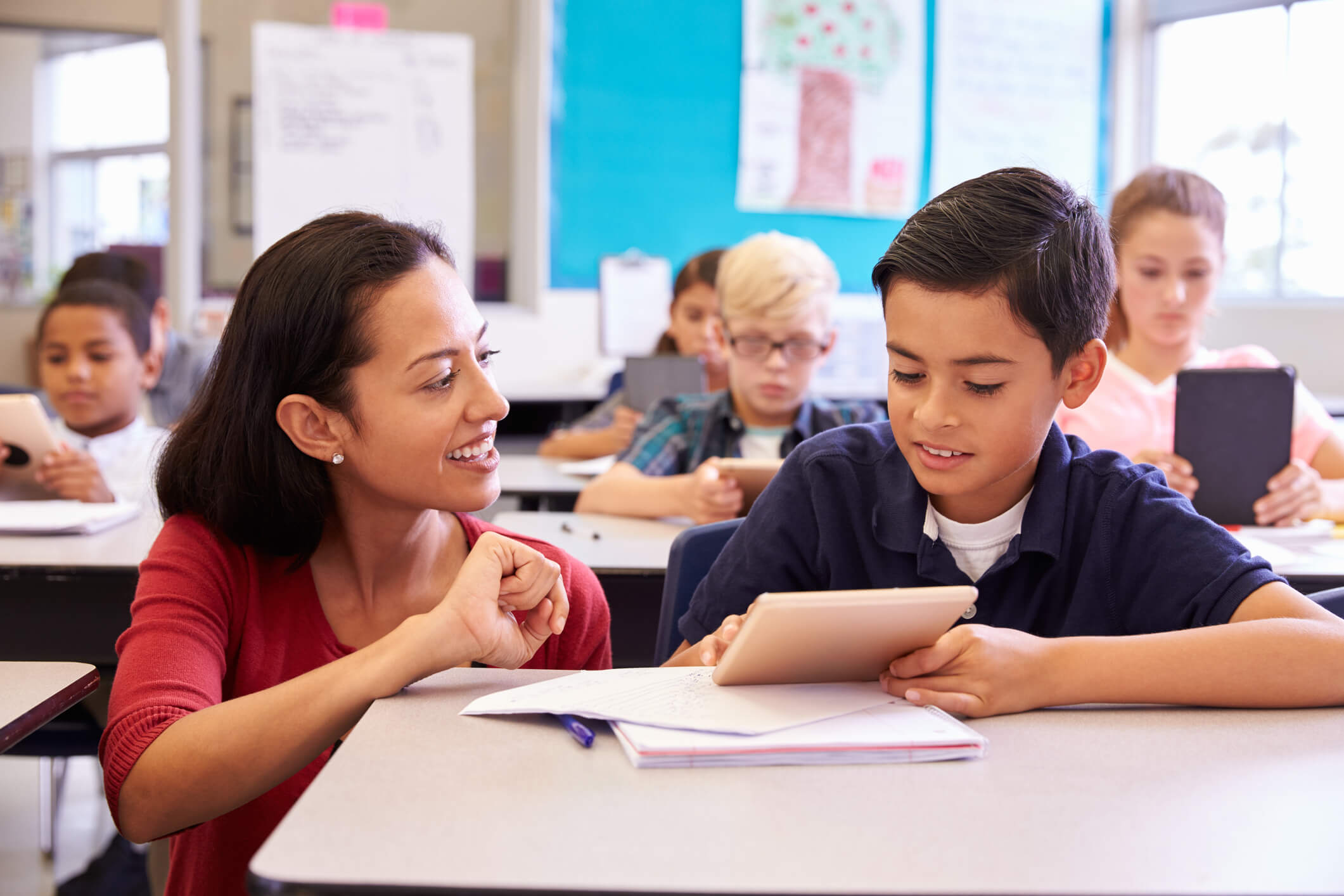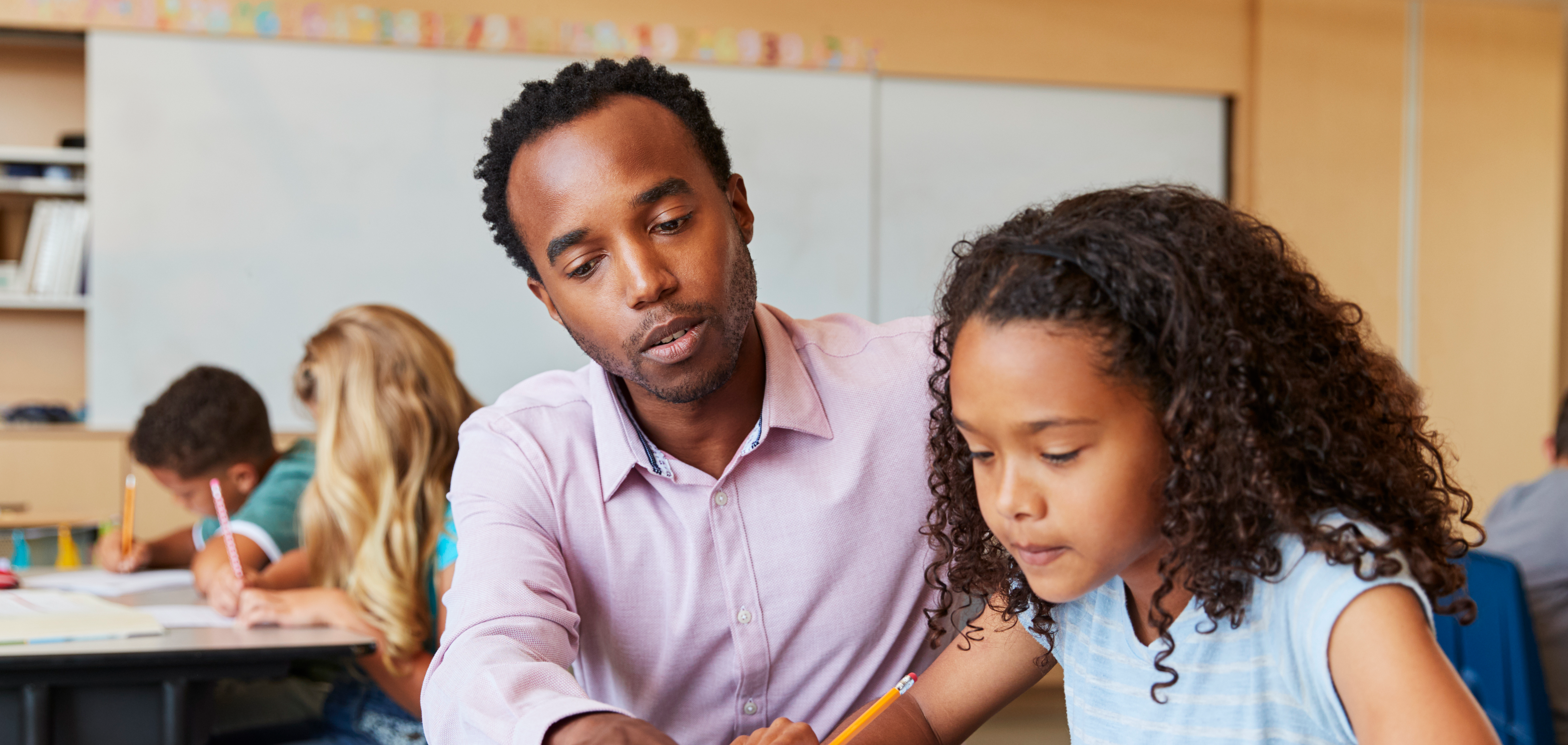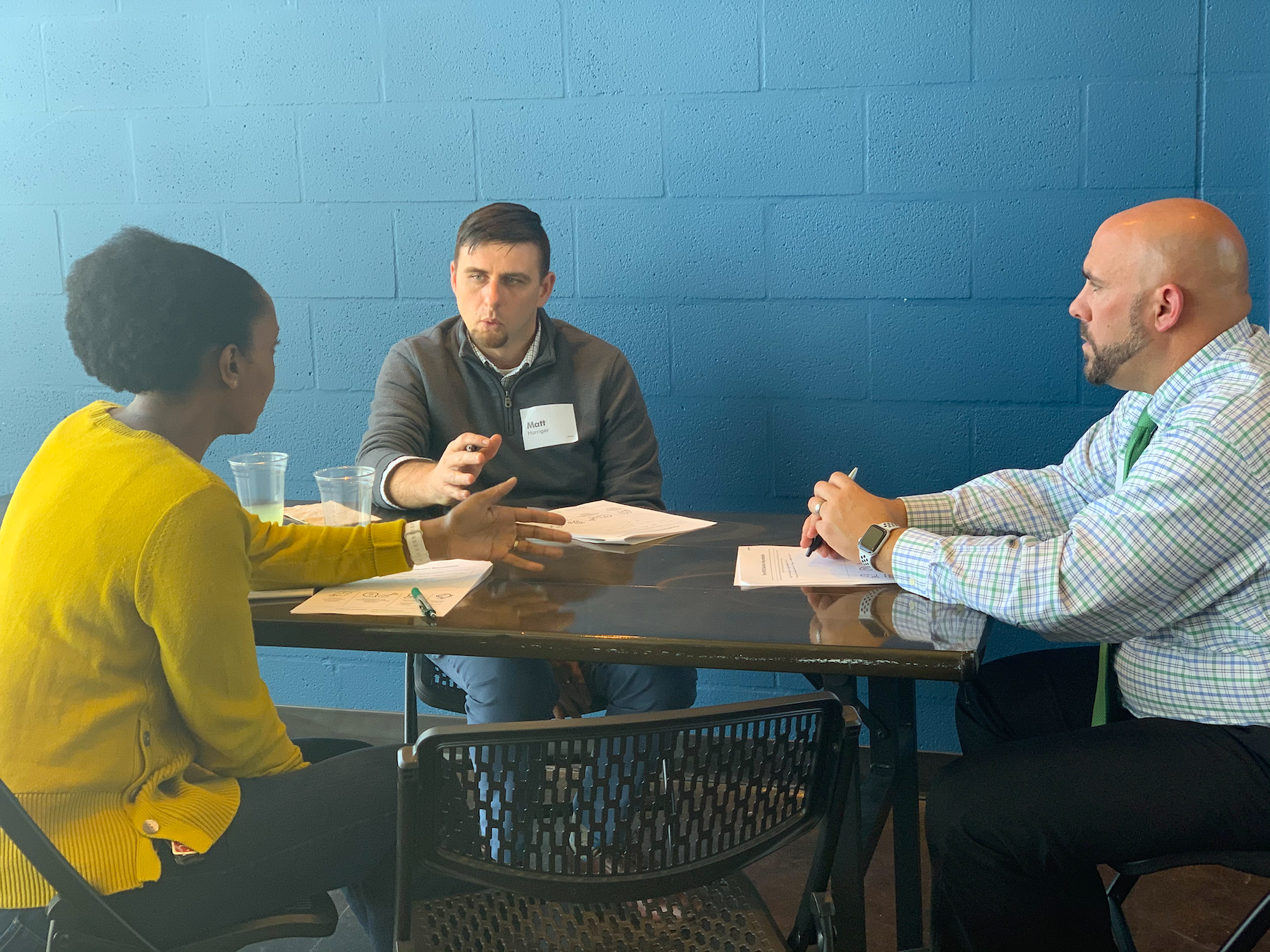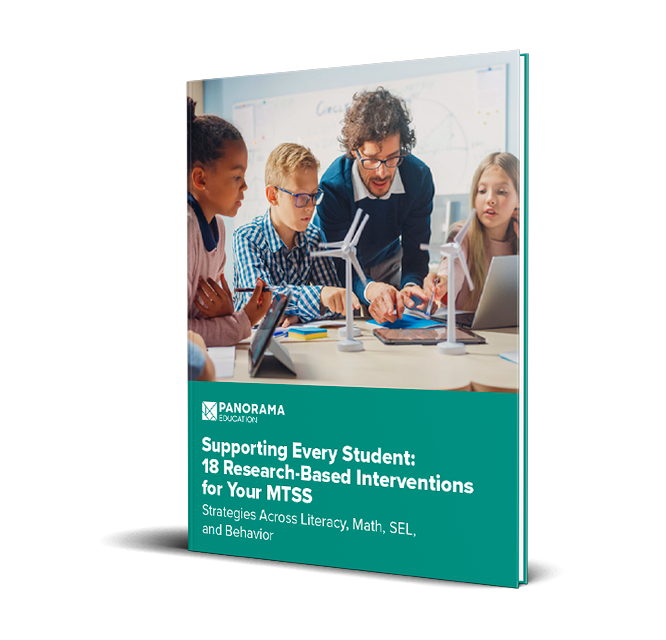In this Intervention Brief, we explore Relationship Mapping, an intervention that helps school leaders ensure that every student in their building has a strong, positive connection to at least one teacher or staff member, which contributes to student well-being and academic success. Relationship Mapping is one of the 200+ new strategies in Playbook, Panorama’s professional learning library. Through Playbook, educators can access more detailed implementation instructions for Relationship Mapping.
Intervention Name: Relationship Mapping
Tier(s): Tier 1
Developmental Stages: Lower Elementary, Upper Elementary, Middle School, High School, Adult
Description:
Relationship Mapping is a strategy used by school staff members that aims to:
- Identify students who do (or do not) have a stable and positive relationship with trusted adults in their school, and;
- Connect at least one adult in school to every student who does not currently have a positive and trusting relationship with an adult.
How To Implement Relationship Mapping
Preparation:
- Materials Required: Faculty room or other meeting space large enough for a whole-staff meeting; bulletin board, white board, posters, or digital form with student names listed (and pictures, if easily accessible)
- Context: Inform school staff about the purpose of this activity and what to expect
Instructions:
- Instruct staff members to identify and reflect on students with whom they have a positive, trusting relationship.
- Invite staff members to reflect on and write about a positive relationship that they had with a teacher or other school adult when they were a student.
- Prompt staff to think of a student that they have a positive relationship with. Ask them to spend a few minutes writing about how they believe this relationship has impacted the student.
- Ask for 2-3 volunteers to share their reflections.
- Finally, share the list of students who were not identified as having a positive relationship with an adult. Ask staff volunteers to make an action plan to reach out to these students and record the pairings on the chart.
When Might You Use This Strategy?
Many schools opt to implement Relationship Mapping twice per year—once at the beginning of the school year (in October or November) and once in the second half of the year (in February or March).
If you have Panorama, your district’s data related to school climate, sense of belonging, or teacher-student relationships can indicate situations where Relationship Mapping would be an appropriate intervention. For example, if you’re seeing student sense of belonging dip after the transition from middle school to high school, this could present a good opportunity to try Relationship Mapping.
Variations on Relationship Mapping
These variations can help you to adapt Relationship Mapping to your unique school community:
- Facilitate a Relationship Mapping survey to both staff AND students to compare staff members’ perceptions of students with student self-reported data.
- Administer an adult relationships version of Relationship Mapping for staff members that asks them to identify their trusted colleague(s).
- Conduct this activity for all students at once in smaller schools, or in grade-level teams for larger schools.
What Are the Benefits of Relationship Mapping?
For students, a positive connection to at least one caring adult in their school—whether a teacher, counselor, coach, administrator, or other staff member—is correlated with improved academic outcomes, reduced rates of bullying and a greater sense of belonging.
Strong adult-student relationships help our learners feel emotionally supported and affirmed in their value. Moreover, studies show that a single positive relationship with an educator can significantly lessen trauma’s impact on a student. In fact, when a student develops a positive relationship with an adult, they’re more likely to develop a similar relationship with other adults in the building.
Additional Intervention Resources
- Relationship Mapping Strategy from the Making Caring Common Project
- The Dream Team Program That Increased the Promotion Rate to 10th Grade at D.C.’s Anacostia High
- See 5 New Strategies from Panorama's Updated Playbook of 200+ Interventions
- Check-In/Check-Out (CICO): Intervention Tips and Guidance
- The Lunch Bunch: A Small-Group Intervention For Building Social Skills
- 2x10 Relationship Building: How to Do It (and Why It Works!)
- Introduce Students to Goal-Setting with the WOOP Method
- The Two-Word Check-In: A Powerful Practice for Connecting with Students
Get More Strategies: Download 18 Research-Based Interventions for Your MTSS




.jpg)


